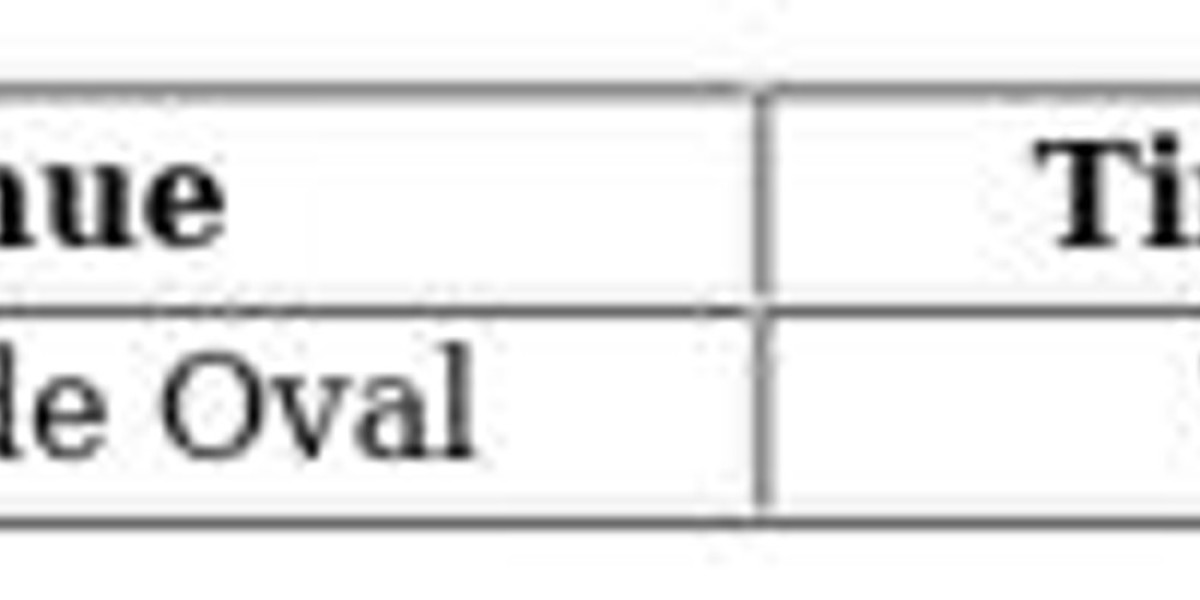In the realm of residential construction, the light-frame shear wall stands as an unsung hero, silently safeguarding homes against the formidable forces of nature. These critical structural elements, predominantly found in wood-framed buildings, are meticulously engineered to resist lateral loads, primarily those exerted by high winds and seismic activity.
Unlike the downward pressure of gravity, lateral forces push horizontally, and without robust resistance, a building can experience dangerous sway, deformation, or even catastrophic collapse. A shear wall functions as a vertical diaphragm, efficiently transferring these horizontal stresses from the roof and floor assemblies down to the building's foundation.
DOWNLOAD FULL REPORT AT: https://www.marketresearchfuture.com/reports/residential-light-frame-shear-wall-market-32533
Typically constructed using lumber studs, meticulously fastened sheathing panels such as plywood or oriented strand board (OSB), and a precise nailing schedule, the shear wall's strength and rigidity are directly proportional to the quality of its materials and the precision of its assembly.
Openings like windows and doors within a shear wall demand careful structural detailing, often incorporating cripple studs, headers, and hold-downs to maintain the wall's integral strength. Strict building codes govern the design and construction of shear walls, dictating minimum dimensions, material grades, and fastening requirements to ensure both life safety and optimal structural performance during extreme environmental events. The widespread adoption of residential light-frame shear walls underscores their cost-effectiveness, ease of construction, and proven ability to provide essential lateral stability, making them indispensable in the enduring integrity of low-to-mid rise structures worldwide.








